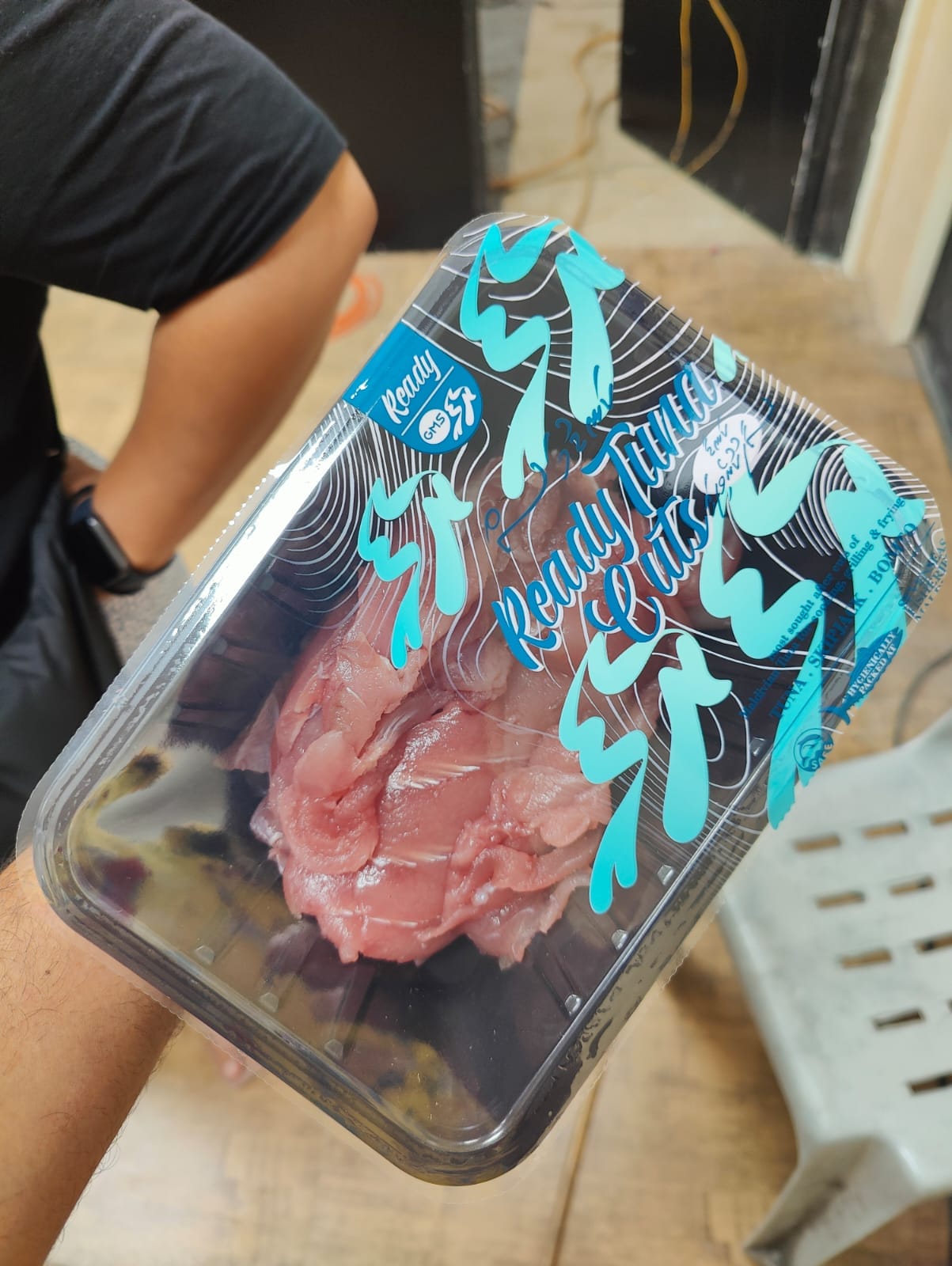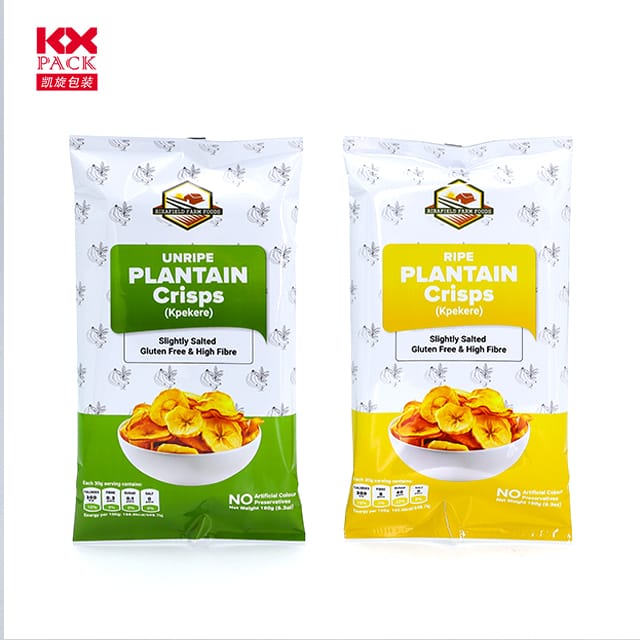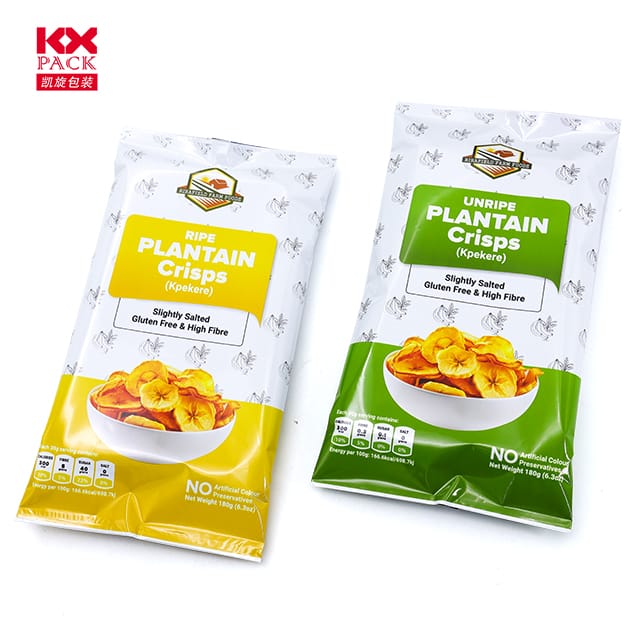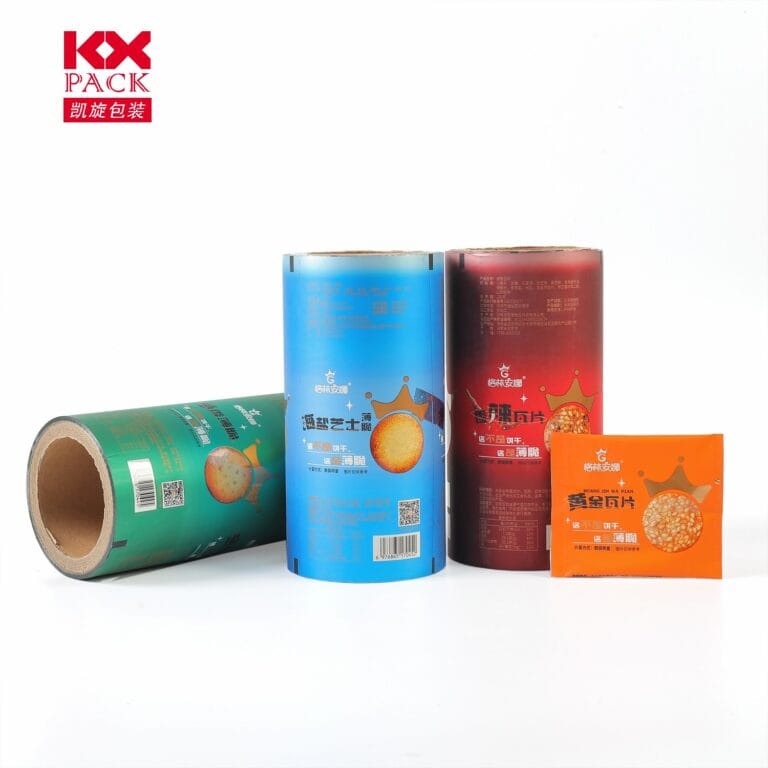მოქნილი ფილმების შეფუთვის ევოლუცია და გავლენა: მდგრადი რევოლუცია (6)
მოქნილი ფილმები
იმ ეპოქაში, სადაც მდგრადობა, მოხერხებულობა, და ინოვაციების წამყვანი შეფუთვის გადაწყვეტილებები, მოქნილი ფილმების შეფუთვა წარმოიშვა როგორც თანამედროვე ინდუსტრიის ქვაკუთხედი. საკვებიდან და ფარმაცევტიდან სამომხმარებლო ელექტრონიკამდე, ეს ადაპტირებადი მასალები აფიქსირებს, თუ როგორ არის დაცული პროდუქტები, ტრანსპორტირებული, და წარმოდგენილი. მოდით განვიხილოთ დინამიკა, ტენდენციები, და ამ დინამიური სექტორის მომავალი პოტენციალი.
რა არის მოქნილი ფილმების შეფუთვა?
მოქნილი ფილმების შეფუთვა ეხება მსუბუქ წონას, არა ხისტი მასალები, რომლებიც გამოიყენება პროდუქციის დასაკმაყოფილებლად. ტრადიციული ხისტი კონტეინერებისგან განსხვავებით, ეს ფილმები - ხშირად შედგება პოლიმერებისგან, როგორიცაა პოლიეთილენი (PE), პოლიპროპილენი (PP), ან მრავალ ფენის კომპოზიციები-შეაფასეთ მათი შინაარსის ფორმა, ნარჩენების შემცირება და სივრცის ოპტიმიზაცია.
ძირითადი მახასიათებლები მოიცავს:
- მსუბუქი წონა & ხანგრძლივი: ამცირებს გადაზიდვის ხარჯებს და ნახშირბადის ნაკვალევს.
- ბარიერი თვისებები: იცავს ტენიანობისგან, ჟანგბადი, და მსუბუქი, შენახვის ვადა.
- დააკონფიგურიროთ: დაბეჭდვა, დალუქული, და ადაპტირებულია მრავალფეროვანი ფორმატებისთვის (ჩანთები, ჩანთები, ქურთუკები).
ბაზრის ზრდა & ძირითადი მამოძრავებლები
გლობალური მოქნილი შეფუთვის ბაზარი ღირდააშშ დოლარი 210.62 მილიარდი 2023 და სავარაუდოდ მიაღწევს მიღწევასაშშ დოლარი 238.91 მილიარდი 2029, იზრდება CAGR– ზე2.12%. ძირითადი მძღოლები მოიცავს:
- გადაიტანეთ ხისტი მოქნილი გადაწყვეტილებებით: ბრენდები პრიორიტეტულ ხარჯებს და მდგრადობას, მოქნილი ფილმების სასარგებლოდ უფრო მძიმე, ნაკლებად ეკო მეგობრული ალტერნატივები.
- ელექტრონული კომერციის ბუმი: ონლაინ საცალო ვაჭრობა მოითხოვს მსუბუქ წონას, დაზიანებისადმი მდგრადი შეფუთვა უსაფრთხო მიწოდებისთვის.
- ჯანდაცვა & საკვების მოთხოვნა: ფარმაცევტული საშუალებები და მალფუჭებადი საქონელი სტერილურია, ჰერმეტული შეფუთვა, ინოვაციის საწვავი მაღალი ბარიერი ფილმებში.
ინოვაციები მატერიალურ მეცნიერებაში
მოქნილი ფილმის ტექნოლოგიის ბოლოდროინდელი წინსვლა ფოკუსირებულიამდგრადობა და შესრულება:
- მონო-მატერიალური სტრუქტურები: კომპანიებს მოსწონთ ჰუთტამაკი პიონერული ერთჯერადი პოლიმერული ფილმებია (მაგ., PE ან PP) გადამუშავების გამარტივებისთვის.
- ბიოდეგრადირებადი ფილმები: დამზადებულია განახლებადი რესურსებისგან (მაგ., PLA), ეს ამცირებს პლასტმასის ნარჩენებს.
- მაღალი ბარიერი საიზოლაციო მასალები: მოწინავე პოლიმერები მოსწონს პოლივინილიდენის ქლორიდი (PVDC) ან ეთილენის ვინილის ალკოჰოლი (ევოჰ) გაზარდეთ შენახვის ვადა, გადამუშავების კომპრომისის გარეშე.
რეგიონალური დინამიკა
აზია-წყნარი ოკეანე დომინირებს ბაზარზე, აღრიცხვა58% გლობალური მოცულობის შიგნით 2023, ამოძრავებს:
- სწრაფი ურბანიზაცია: საშუალო დონის პოპულაციების ზრდა ჩინეთში და ინდოეთში ზრდის შეფუთულ საქონელზე მოთხოვნილებას.
- ელექტრონული კომერციის გაფართოება: ონლაინ სავაჭრო პლატფორმები, როგორიცაა Alibaba და Flipkart, ეყრდნობიან მოქნილ ფილმებს ეფექტური ლოჯისტიკისთვის.
- მარეგულირებელი ბიძგი: მთავრობები მანდატური ეკო მეგობრული შეფუთვა, გადამუშავებადი/კომპოსტირებადი ფილმების მიღების დაჩქარება.
გამოწვევები & სამომავლო პერსპექტივა
ზრდის მიუხედავად, სექტორი პრობლემების წინაშე დგას:
- გადამუშავების სირთულე: მრავალ ფენის ფილმები ძნელია გამოყოფა, წრიული ეკონომიკის ძალისხმევის გართულება.
- ნედლეულის ცვალებადობა: პოლიმერული ფასების ცვალებადი ზემოქმედების ზღვარი.
თუმცა, მომავალი პერსპექტიული გამოიყურება:
- ჭკვიანი შეფუთვა: სენსორებით ჩაშენებული ფილმები სუფთა თვალყურის დევნებისთვის ან საწინააღმდეგო.
- წრიული დიზაინი: მოდულური, ერთჯერადი შეფუთვის სისტემები, რომლებიც მინიმუმამდეა დაყვანილი.
- თანამშრომლობითი ინოვაცია: პარტნიორობა მატერიალურ მეცნიერებს შორის, ბრენდები, და გადამუშავება მარყუჟის დახურვისთვის.
დასკვნა
მოქნილი ფილმების შეფუთვა უფრო მეტია, ვიდრე მოხერხებულობა - ეს არის სტრატეგიული იმპერატივი მდგრადი მომავლისთვის. როგორც ბრენდები და მომხმარებლები უფრო ჭკვიანად მოითხოვენ, მწვანე გადაწყვეტილებები, ეს სექტორი კვლავ განვითარდება, უახლესი მეცნიერების შერწყმა პრაქტიკული დიზაინით. გზა წინ? ინოვაციის ბალანსი, პასუხისმგებლობა, და ადაპტირება ცვალებადი სამყაროს საჭიროებების დასაკმაყოფილებლად.
შეინარჩუნეთ უფრო მეტი შეხედულებისამებრ შეფუთვის ტენდენციების შესახებ - სადაც მეცნიერება აკმაყოფილებს მდგრადობას! 🌍📦✨
წყაროები: Qyresearch, Marketsandmarkets, Globenewswire, შეფუთვის სამყარო







